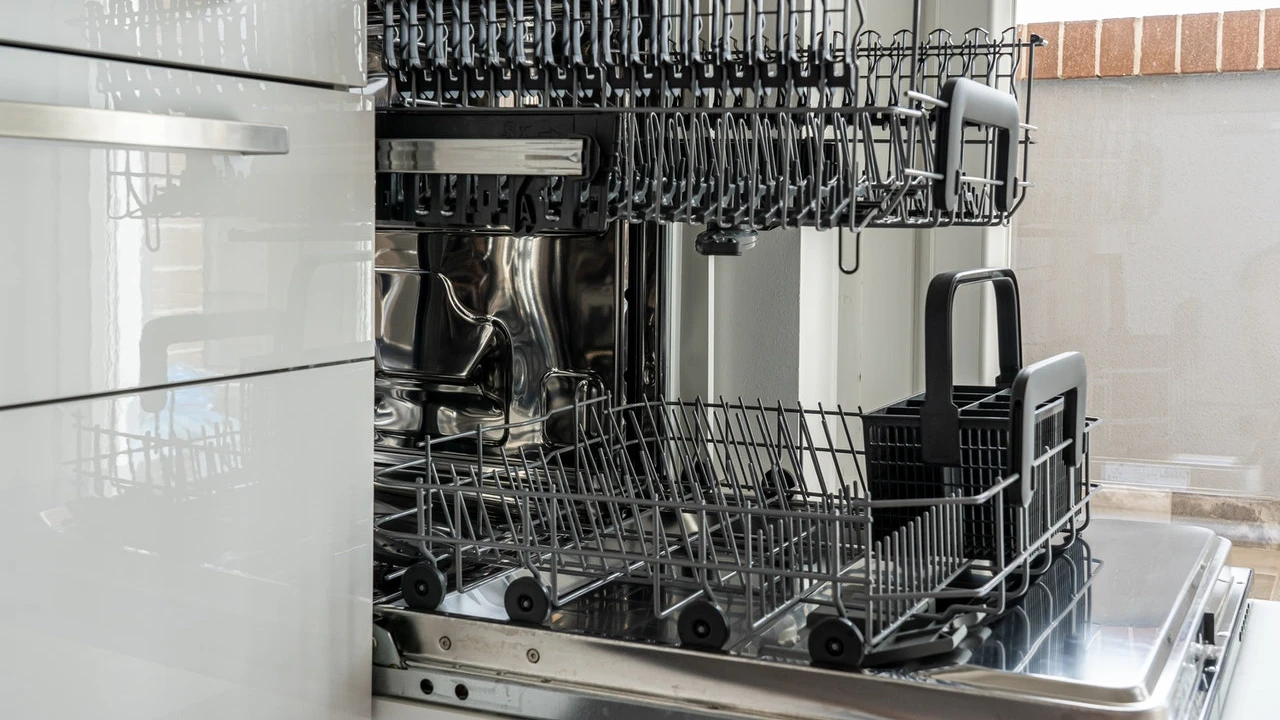Installing a dishwasher needs an electricity plug socket close to a water source, so you might want to call in for some professional help to avoid electrocuting yourself during an install and to have the peace of mind that the dishwasher (freestanding, integrated or built-in) has been installed correctly while optimising your water usage, avoiding any leaks or water damage to the area where the dishwasher is to be housed. Before you buy your dishwasher, be sure to research which is the best dishwasher for your needs. Not having the waterline or drainage connection correctly set-up, could result in a slow leak that might take a while to show itself and by the time the leak is discovered, floorboards or cupboards behind the dishwasher could be damaged.
How much will it cost to install or remove a dishwasher?
Your local plumber can install a new dishwasher for you or replace one that is no longer functional. Installing a dishwasher is similar to a washing machine, where they both need a power supply, water connection and drain for the waste water. The time spent preparing the dishwasher for fitting will affect the price. This means if you have it delivered to your front door, before the plumber arrives, unwrap it from the packaging and manoeuvre it to the kitchen so it is there ready and waiting. If you are replacing a dishwasher that is integrated, be sure to order the same specs as the previous dishwasher. Replacing a dishwasher will cost less than fitting one for the first time, as all of the pipework and socket needed, will be in place to connect to.
|
How much to install or remove a dishwasher |
Per |
Average cost |
|
Disconnecting an old dishwasher before connecting a new one |
Per hour |
£80 |
|
Removing an old dishwasher and making the area safe. |
Per hour |
£70 |
|
Installing a new dishwasher in a space that had one previously. |
Per hour |
£70 |
|
Relocate a dishwasher to a different kitchen area. |
Per hour |
£100 |

Re-doing my kitchen, can I move a dishwasher to a new location?
During a kitchen upgrade, you may want to switch about the layout of the kitchen. This may involve a few cupboards being moved about or more complicated a process by moving the sink to a new location. If you are wanting the dishwasher to be in a space more suitable, there is no reason to not move it, or box it behind a cupboard door if that is more fitting to the new layout.
Wherever you decide on placing the dishwasher, it will need a power source, a cold water feed pipe (dishwashers do not need a hot water inlet as they generate their own heat) and a waste pipe for when it drains. Obviously if the dishwasher is an integrated dishwasher, this means that you will need to relocate the cupboard that the dishwasher is built into as well, so perhaps moving a larger section of cupboard to make it flow better. Relocating a free standing dishwasher would be easier in this regard. Before moving your dishwasher around, make sure that it is fully disconnected and you have had a chance to drain all of the water out from the machine.
Luckily, when it comes to moving a dishwasher, they are not as heavy as other kitchen appliances like a washing machine or tumble drier. The best new location for a dishwasher should still be against an external wall when possible, as this way the waste pipe is not running across a room but rather straight out the house.
How much will it cost to repair damaged parts on my dishwasher?
Whether your dishwasher has been fine for 2 years or 10 years, there might be that scary day when suddenly it stops working. It might never start a cycle or not drain out from a cycle, whatever the cause, before you start looking for a bargain of a new dishwasher, try to get the old one repaired first as it could be something really basic like a bit of food debris caught inside a filter or blocking the drain off.
Arrange for a local plumber to come through and service your dishwasher as this could save you £100’s when all you may need to do is spend money on a call-out and possibly a new component. To avoid the need for a call-out, remember to clean out the doors and sprayers as well as the filter monthly to avoid a build-up of debris and germs.